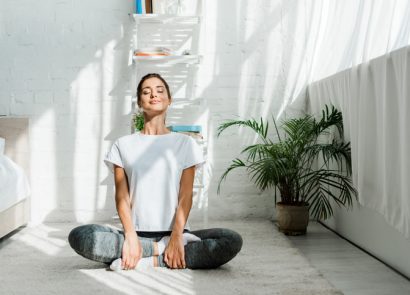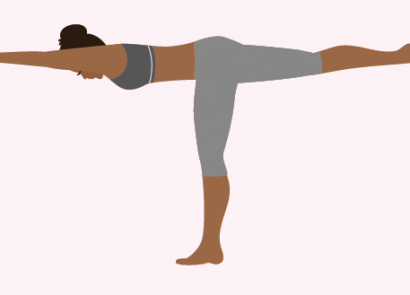In true British style, the slightest glimpse of sunshine and we’re out dressed in shorts and flip flops, desperate to catch a bronzed glow and that all important dose of vitamin D. As our bodies are designed to get this vitamin by producing it when our bare skin is exposed to sunlight, it can be confusing to know how much is healthy without putting ourselves at risk of sun damage.
“Although there is a lot of evidence about a variety of benefits, what we do know is that vitamin D has been proven to help us to absorb calcium and is therefore essential to developing and maintaining healthy bones,” says Dr Stephanie Munn. “However, things start to get tricky when it comes to how much vitamin D we need. Although we all need approximately 10mcg each day, lifestyle and skin type all affect how efficiently we produce the vitamin. So the process is as individual as the skin you’re in!
To help you get it right, Dr Stephanie shares her top five tips for knowing vit-D!
Make the most of summer
One of the fantastic things about our bodies is our ability to store excess vitamin D for use at a later date, meaning we can bank enough sunlight during sunny months to see us through the cold snaps!
The sun is the best natural source of Vitamin D, but it gives out ultraviolet radiation which is made up of different rays, some of which are harmful to our skin. It’s these rays that our body is able to convert into vitamin D. In the UK between mid-October and early April the sun isn’t strong enough for us to make vitamin D, so the summer is your best opportunity to boost and store your levels of the vitamin.
Know your skin
Everybody needs the same amount (10mcg) of vitamin D on a daily basis to maintain healthy bones, however, the rate at which we produce the vitamin differs enormously. People with darker skin need more exposure to get the recommended amount compared to those with very pale skin, who are at greater risk of burning – something which must be avoided at all times. You’ll also need more exposure as you grow older.
Use of sunscreen, the weather, time of day and a host of other factors means that it is tricky to gauge whether you’re getting your daily quota. If you’d like a more definite view of your vitamin D levels, you can get this checked with a simple blood test through your GP.
DID YOU KNOW? We hear the term ‘vitamin D deficiency’ regularly, however true deficiency is unusual. One symptom is rickets, which can cause stunted growth and bones that break easily. However, we as a population are generally low in vitamin D. This means that over a long period of time muscles can become weak and painful and people may feel fatigue.
Consider a supplement
Supplements are important in countries like the UK. It’s recommended that adults and children over the age of one should take vitamin D supplements from October to March, due to the lack of sunshine. Make sure you take a specific vitamin D supplement, as multi vitamins don’t tend to contain enough. Try to keep to 10 mcgs a day especially if you are taking calcium supplements at the same time. If you’re lucky enough to enjoy a couple of fortnight long holidays somewhere sunny every year, you’re probably banking enough Vitamin D. Therefore, you don’t need to take supplements during the colder months.
DID YOU KNOW? While foods like oily fish, eggs yolks and liver can help our bodies make vitamin D, it’s difficult to get enough through your diet alone.
Enjoy the sun, safely
Current guidelines say that between April and September we can make enough vitamin D from the sunshine to last us through the darker months. However, we all know the risks associated with too much sun exposure, so how do we get it right? It’s about taking a balanced approach. You don’t need to avoid the sun completely, but you do absolutely need to avoid burning. Being in the sun for a short amount of time between 11am and 3pm will give your vitamin D stocks a boost.
People with paler skin should aim for a short period in the sun every day for about 10–15 minutes while those with darker skin will need a little longer. During this time, aim to have a third of your skin surface exposed, focussing on less sensitive areas like forearms, hands and legs. You will still absorb the necessary rays while wearing sunscreen, but you’ll need to stay out for longer.
Check for moles
While getting enough vitamin D is important, it’s also crucial that we continue to be vigilant about not burning and monitor our own skin for changes. Recent research revealed that only 14% of the population regularly check their moles to see if they’ve changes. Even worse, only 23% of people have seen a GP or dermatologist immediately when they noticed a change.
A good trick is to take pictures of your moles and then compare them with what you see on your body. Do this on a regular basis to check for any change in shape, size, texture or colour. Use the ABCDE rule – asymmetry, border, colour, diameter and evolution – to know exactly what to look out for.






















